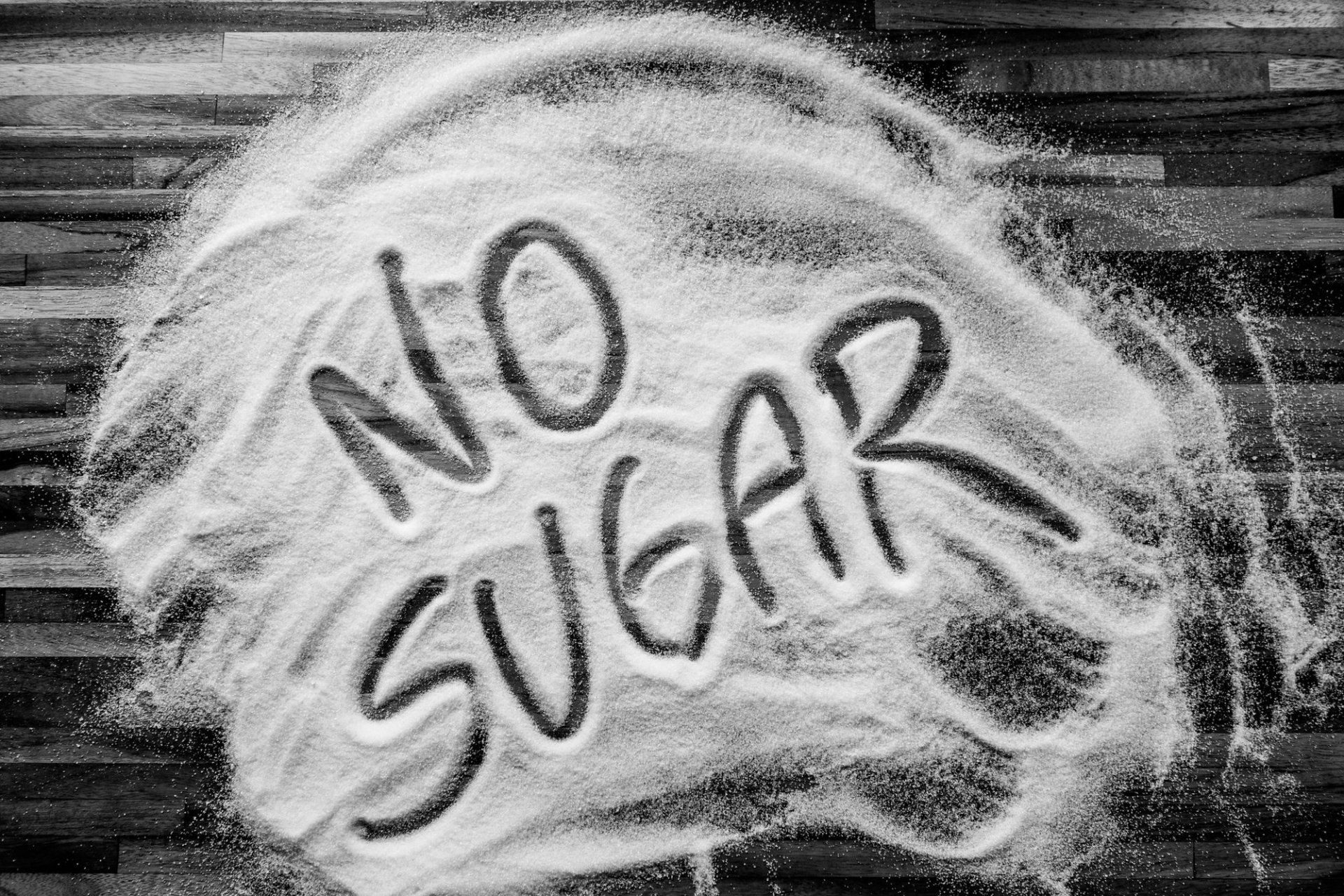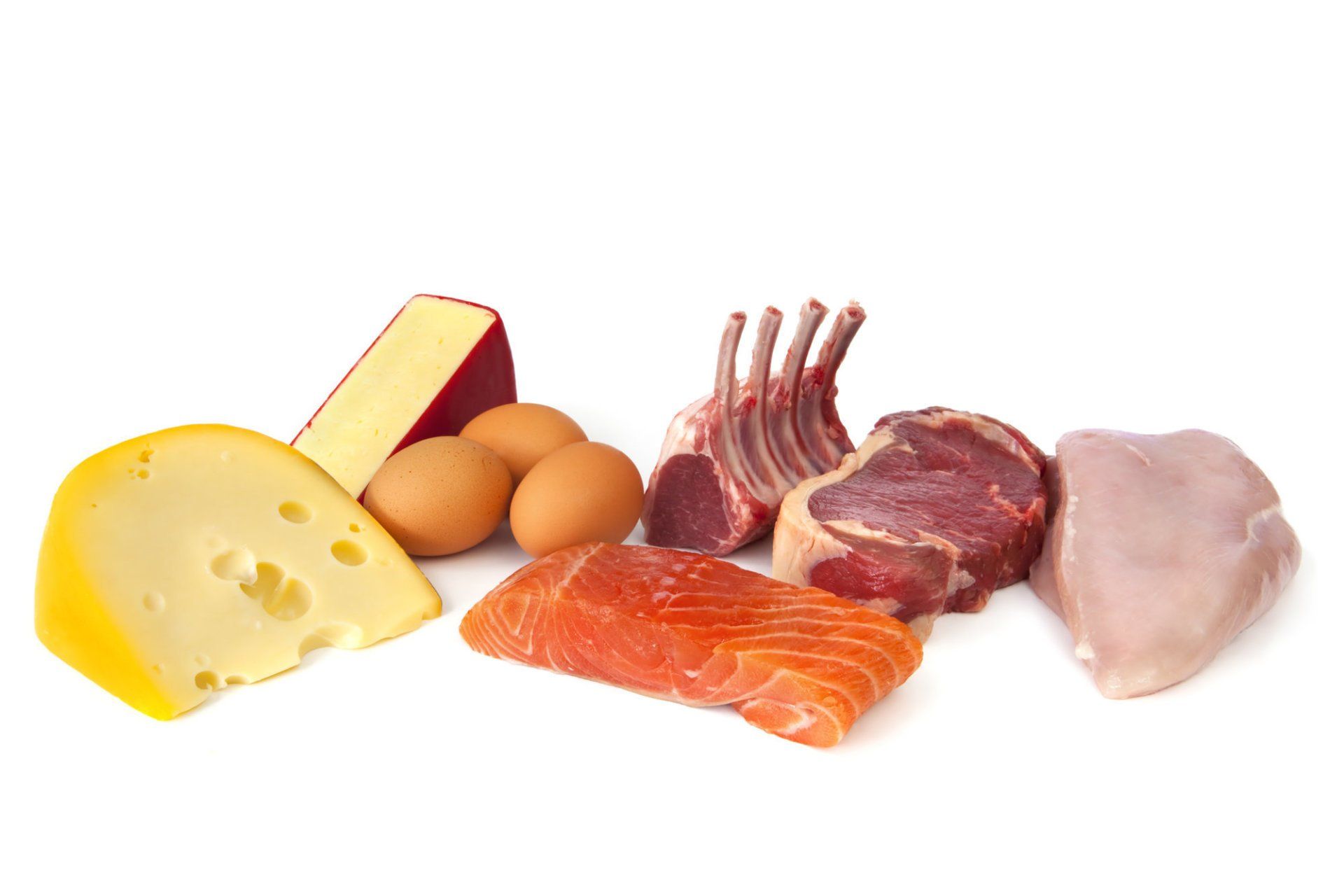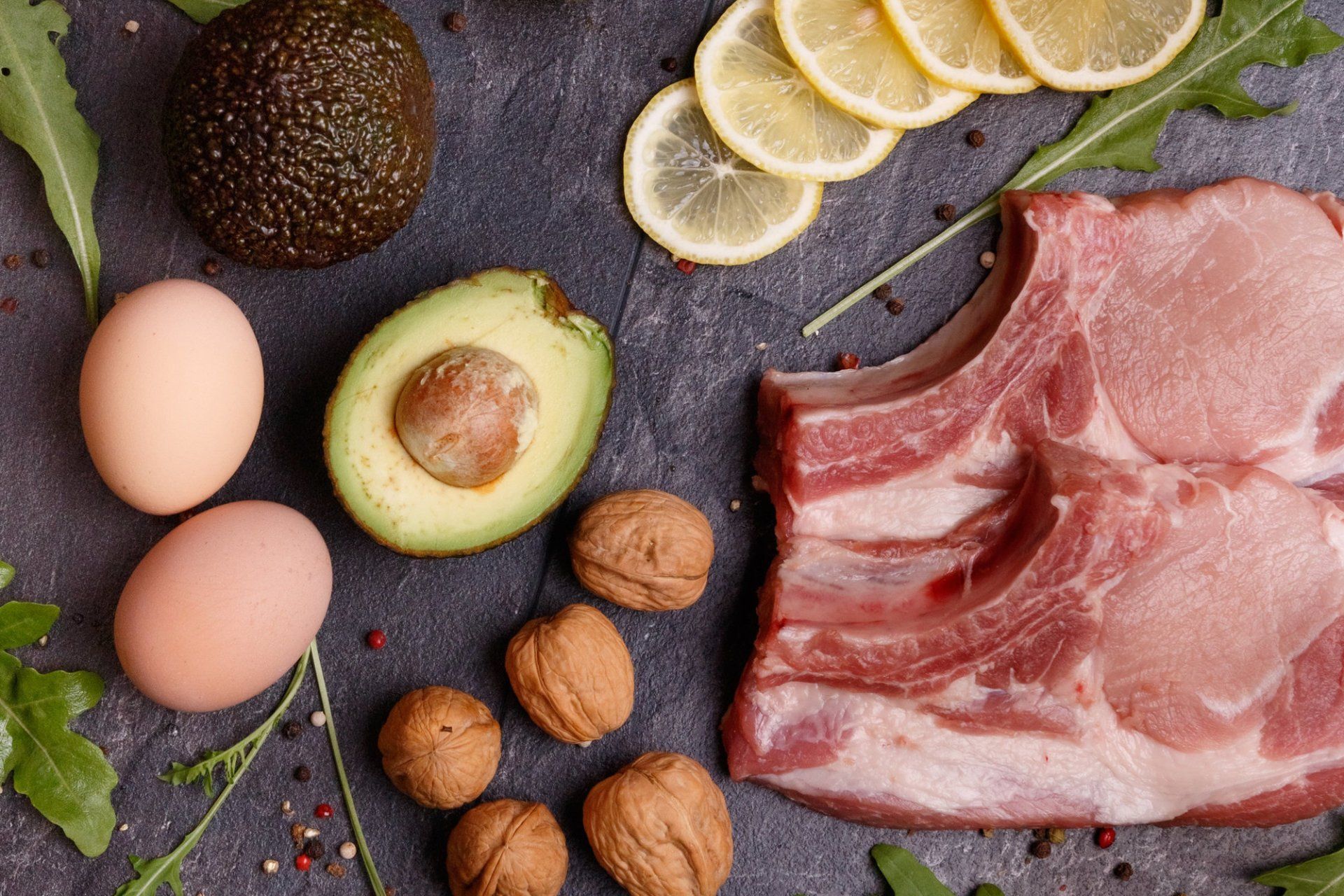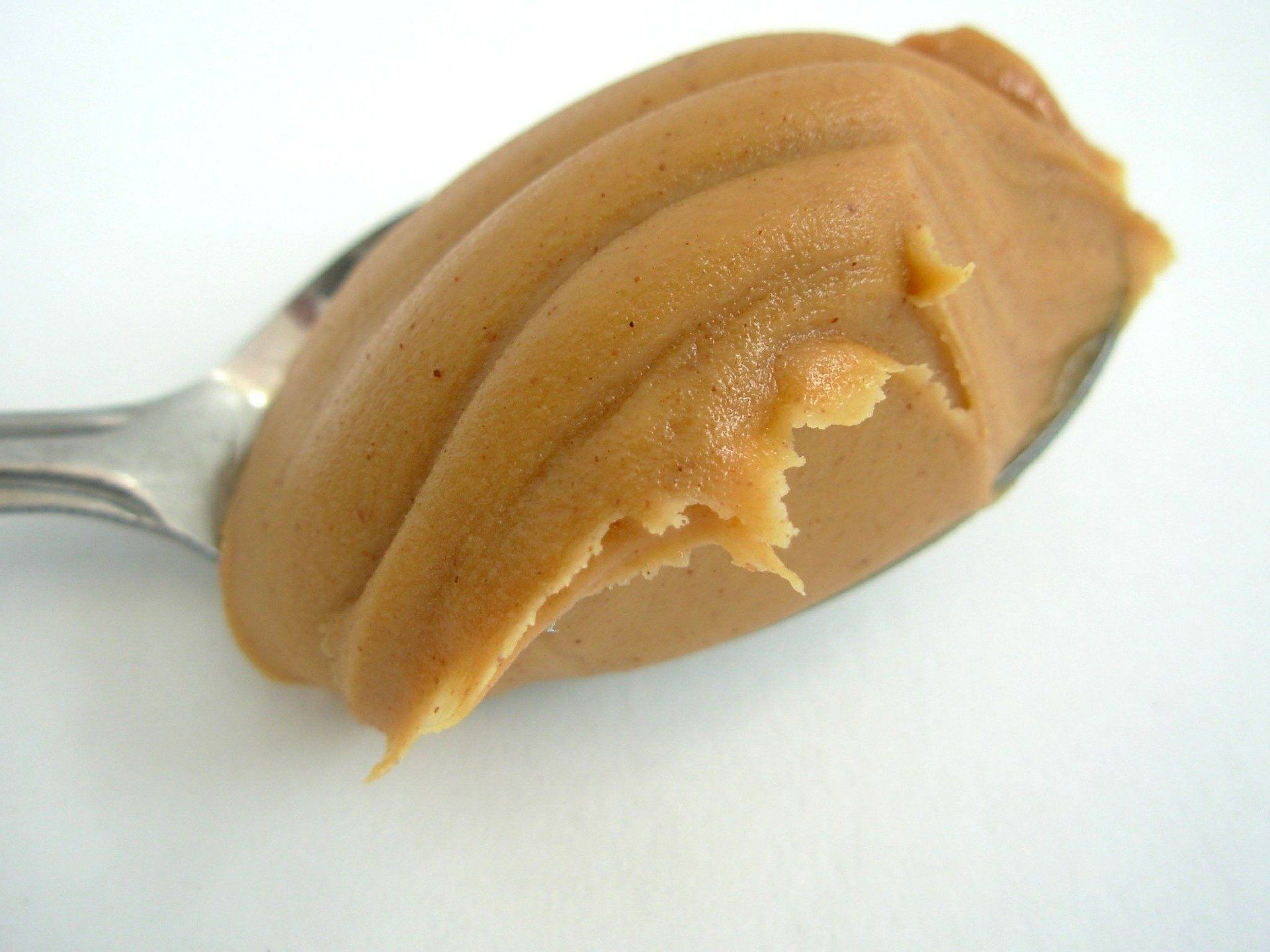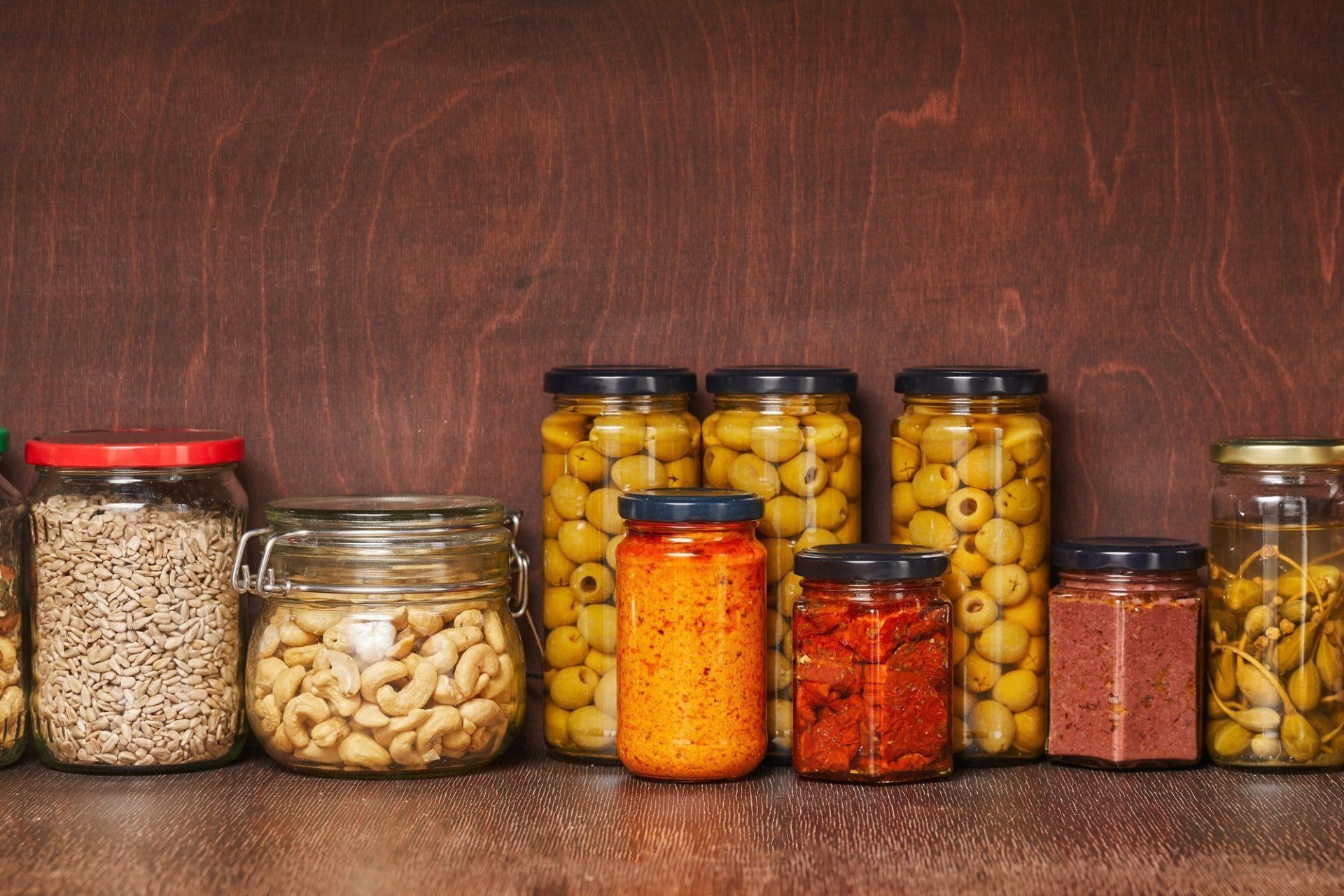The Science Behind the Keto Diet
April 23, 2019
There is no doubt that you've heard of the Keto diet and probably even know someone who has tried it. The diet has risen in popularity in recent years, especially among celebrities. It is most widely known for rapid weight loss and being complementary to a healthy lifestyle. Maybe you've heard of the Keto diet and are curious as to how it works. With so many diets out there it is normal to be little skeptical of its effectiveness. What most do not realize about the Keto diet is that it is backed by years of scientific research, as it was originally developed by researchers at John Hopkins in the 1920s. The researchers were looking for a way to help epilepsy patients through diet and found it in the Keto diet.
The basics of the keto diet
The Keto diet is based on a low carb, moderate protein, high-fat diet. The recommended breakdown for a Keto diet is 5 percent carbs, 20 percent proteins, and 70 percent healthy fats. 5 percent carbohydrates roughly translate into about 20-50 grams of carbs per day. Compare this to a normal diet which includes at least 200 grams of carbs and you can see how drastic of a change this is. It essential to drink plenty of water while on the diet. For one it is easier to become dehydrated when on the diet and drinking enough water helps to flush toxins out of the body. You should drink close to 100 ounces a day, which is more than most people drink in a day.
To get started on the Keto diet, cut down your carb intake and increase your intake of healthy fats. Once your blood ketone levels rise, you have reached ketosis. Benefits of the diet include weight loss, increased energy, higher quality sleep, improved cognitive function, and prevention of certain diseases such as heart disease and diabetes.
How does your body obtain and use energy?
In order to truly understand how the keto diet works, it is important to understand how your body obtains and uses energy from the foods you eat. In a normal diet, your body uses glucose as its primary source of energy. Glucose is derived from carbohydrates in the diet. Popular sources of carbohydrates include bread, pasta, fruits, and sweets, etc. At first glance, you may not think you consume a large number of carbohydrates. Most people consume more than they realize. sandwiches, pizza, fruit, pasta, breading on chicken, sweets, and even certain types of yogurt are high in carbohydrates.
The stomach breaks down the carbohydrates consumed into glucose. Glucose is the simplest form of sugar. Both the stomach and the small intestine absorb the glucose and release it into the bloodstream. With the help of insulin, glucose can either be used or stored for use later. Insulin is produced by the pancreas and helps to process glucose. The basis for the ketogenic diet means changing the way that your body obtains and uses energy.
What are ketones?
Ketones play a vital role in the ketogenic diet. Ketones are produced by the liver as a byproduct of breaking down fat stored in the body. The production of ketones occurs when the body has a low supply of glucose. The body produces three different kinds of ketones. The first kind is acetoacetate. These are found in urine. beta-hydroxybutyrate, the second type of ketone is found in the blood and the third type is called acetone is the type of ketone that can be smelled on your breath.
The brain can either use glucose or ketones as a source of energy. When glucose is in low supply, the brain must resort to using ketones which have the ability to cross the blood-brain barrier. Skeletal muscles, on the other hand, have the ability to burn fatty acids. Making the transition while on the ketogenic diet is important, as the ketones are needed in order to fuel the brain. Staying in a state of ketogenesis is the key to the Keto diet.
Staying in ketogenesis
Ketogenesis is the process of producing ketones and is the main component of the Keto diet. Ketones are produced in the mitochondria of liver cells by breaking down fatty acids and amino acids. The diet calls for putting your body in a state of ketosis. This is achieved by keeping glucose levels low and forcing the body to use ketones as the primary energy source instead. When ketones are the primary fuel source, you have achieved a state of ketosis.
How does this process lead to weight loss?
The most highly recognized benefit to the Keto diet is weight loss. Now that we have discussed the process, how does it translate into weight loss? When you maintain a low carb diet and force your body into a state of ketosis, you are forcing your body to use ketones instead of glucose to fuel the body. The process of producing ketones involves using fat stored in the body. Instead of using stored glucose, your body is burning fat instead. This leads to rapid weight loss.
Backed up by science
The Keto diet is meant to be more than just a quick weight loss diet. You should approach this diet as a transition into a healthy lifestyle. The Keto diet is backed by years of research and based off of the body's biological processes. The diet offers a myriad of benefits that can enhance every aspect of your life and even help prevent certain diseases and illnesses. The Keto diet uses ketone as the primary energy source as opposed to glucose, which is traditionally the main source of energy. This means that you are burning body fat as opposed to stored sugars that lead to substantial weight loss at a relatively quick pace. Most endeavors are more easily achieved with the support of others. Check my podcast
and Instagram
for more conversations, tips and personal stories. Begin your journey to a healthier life with an arsenal full of knowledge and advice.
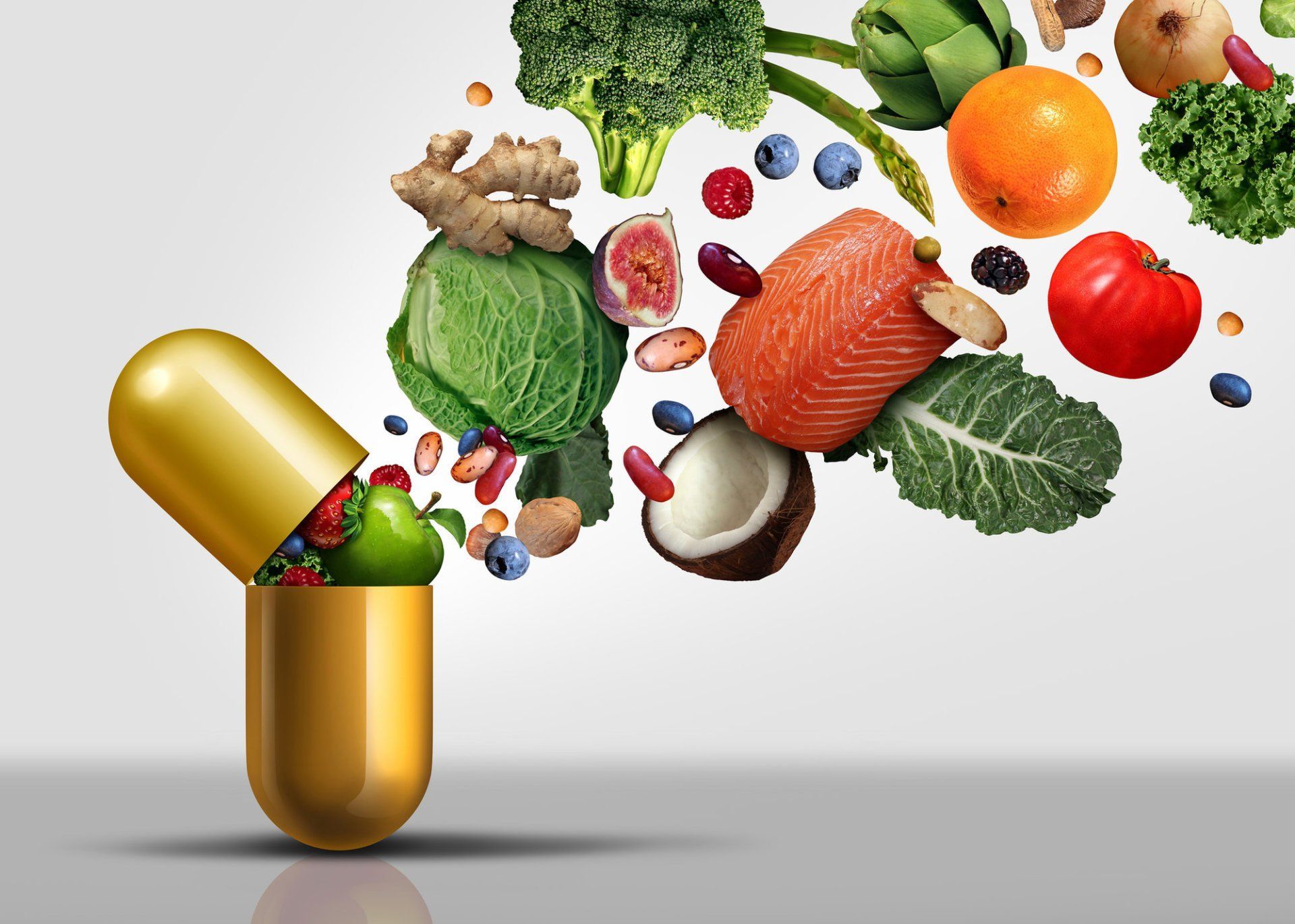
In theory, if you follow a well-balanced, varied diet eating the keto way, you should be able to get all the vitamins and nutrients your body needs from your food. In reality, with hectic schedules, social and family commitments, and society's fast-paced lifestyles, you may not be able to get everything you need from the food you eat simply due to lack of time to shop and prepare the right foods. We are going to take a look at a comprehensive list of supplements that people who follow the keto lifestyle may find helpful to balance their diet to ensure they are getting all the nutrients their bodies need to stay healthy and strong. We will break down each supplement and discuss what benefits there are to taking them regularly and what they do for the body. Please take note that although we are listing 13 different supplements, not everyone needs all of them. It is not necessary to run out and stock up on a dozen different supplements. You may only need one or two. We suggest you evaluate the list and determine which ones address health concerns you have for yourself and which ones may help with physical issues you are currently experiencing.

The keto diet is a very popular lifestyle that is well-known for helping followers lose weight and maintain a healthy lifestyle. It has also gained a reputation for its very strict dietary requirements. This leaves many concerned that they will no longer be able to indulge their sweet tooth or enjoy a treat from time-to-time. This is not the case. You've probably seen or even had fat bombs, yet many people may not really understand what they are. However, for those on the keto diet, they are an excellent way to maintain your lifestyle while treating yourself at the same time! This is your guide to fat bombs, the keto diet, and common pitfalls to avoid!


